PAY YOUR INTERNS.
Back in 2015-17, when we started Made In Earth, we hadn’t reflected on the idea of paying interns. Perhaps due to the lack of examples in our own personal experiences, but most certainly due to our stupidity. And we are not proud of it.
Then, in 2018, this hit us like a ton of bricks. Paying interns is crucial. And so we did. Since then, every internship in our studio, irrespective of the duration, gets paid for their work. It is not rocket science to figure out the financial side of having a paid workforce, but the real shift was in our philosophy.
The economics can be worked out. Unpaid internships are not about skill vs finance, vs experience of the studio or type of work, or about participating students. This is simply a matter of philosophy. This is a matter of how we see the world going forward.
When interns are not paid (or sometimes even asked to pay) for their training, it is merely a reflection of the mind of the architect; Has one stopped learning? Is there really no exchange, no gaining of insights? No contribution? Is one truly above all else? I certainly do not believe so.
Every single person who walks into our studio brings a fresh perspective, new tools, questions that never crossed our minds, and ideas that challenge the status quo. Whether it’s training or diving into a paid project, they’re part of the team, and they deserve that recognition, respectfully. There should be no such thing as ‘unpaid work.’ Period.
Learning and unlearning is continuous, across all ages and all moments in the life of a person and a practice.
This topic touches very tangibly on how we see our profession; as architects and our role in society.
This also touches very tangibly on how we see progressive architecture and it’s role in society.Can we really claim to be ecological and on the forefront if the process to get there hasn’t been a ‘just’ one? Should we really pay forward unfairness as a means to toughen and ‘prepare’ younger generations? Is there any meaning in celebrating the art if we cannot connect with the philosophy of the artist?
It is 2023.
Pay your interns. Pay your team.
And please do it in a way that screams respect.


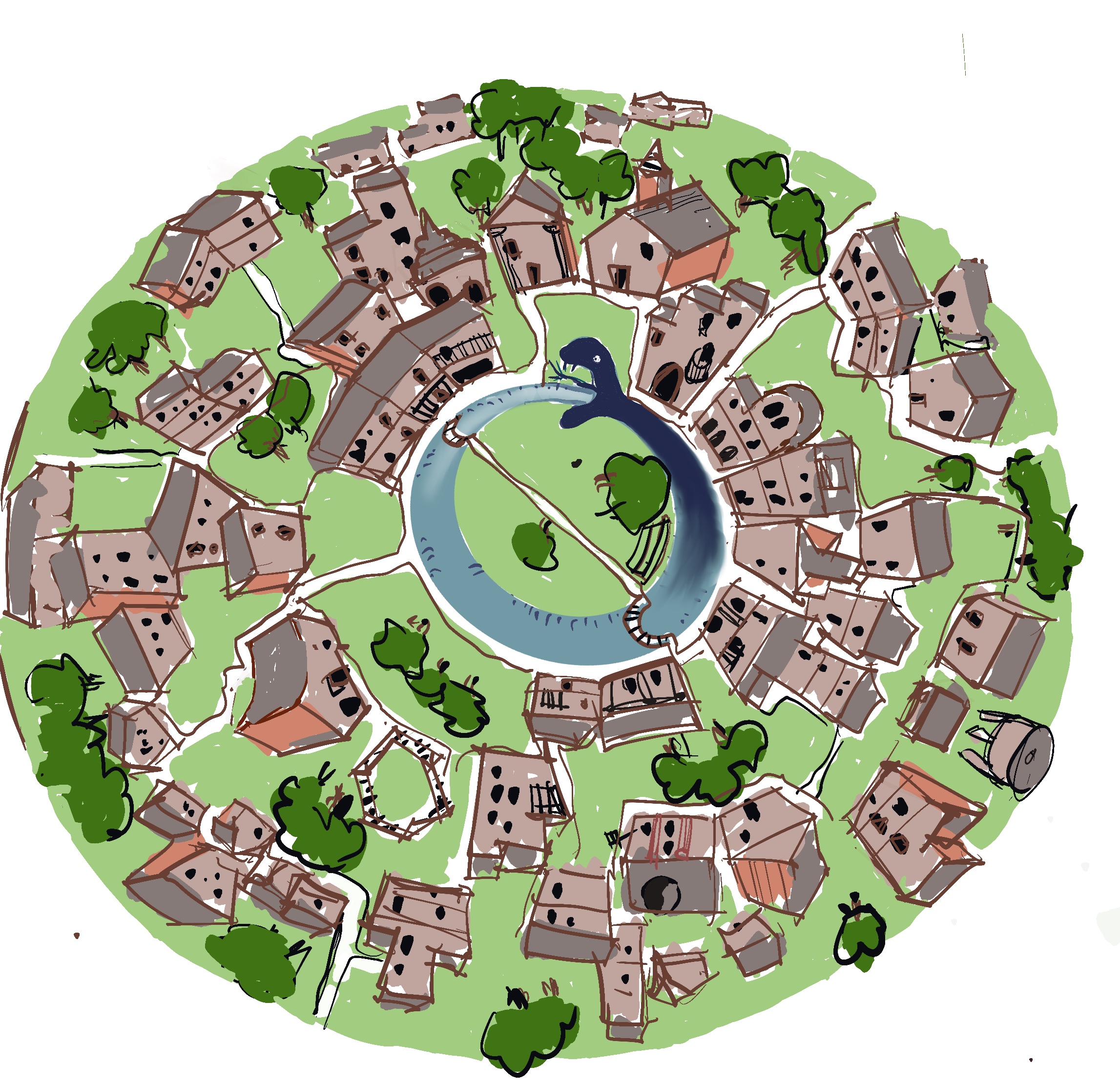

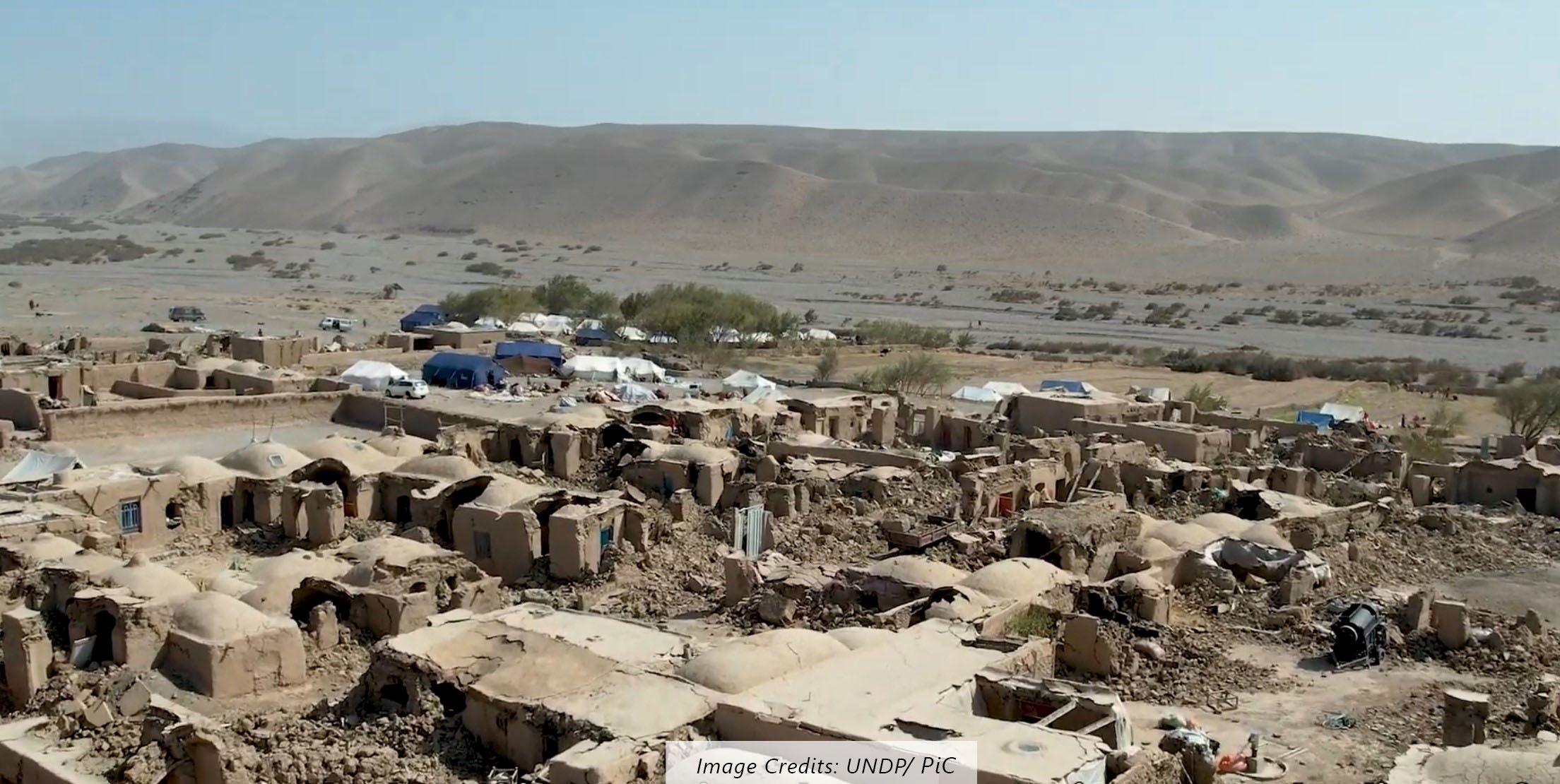
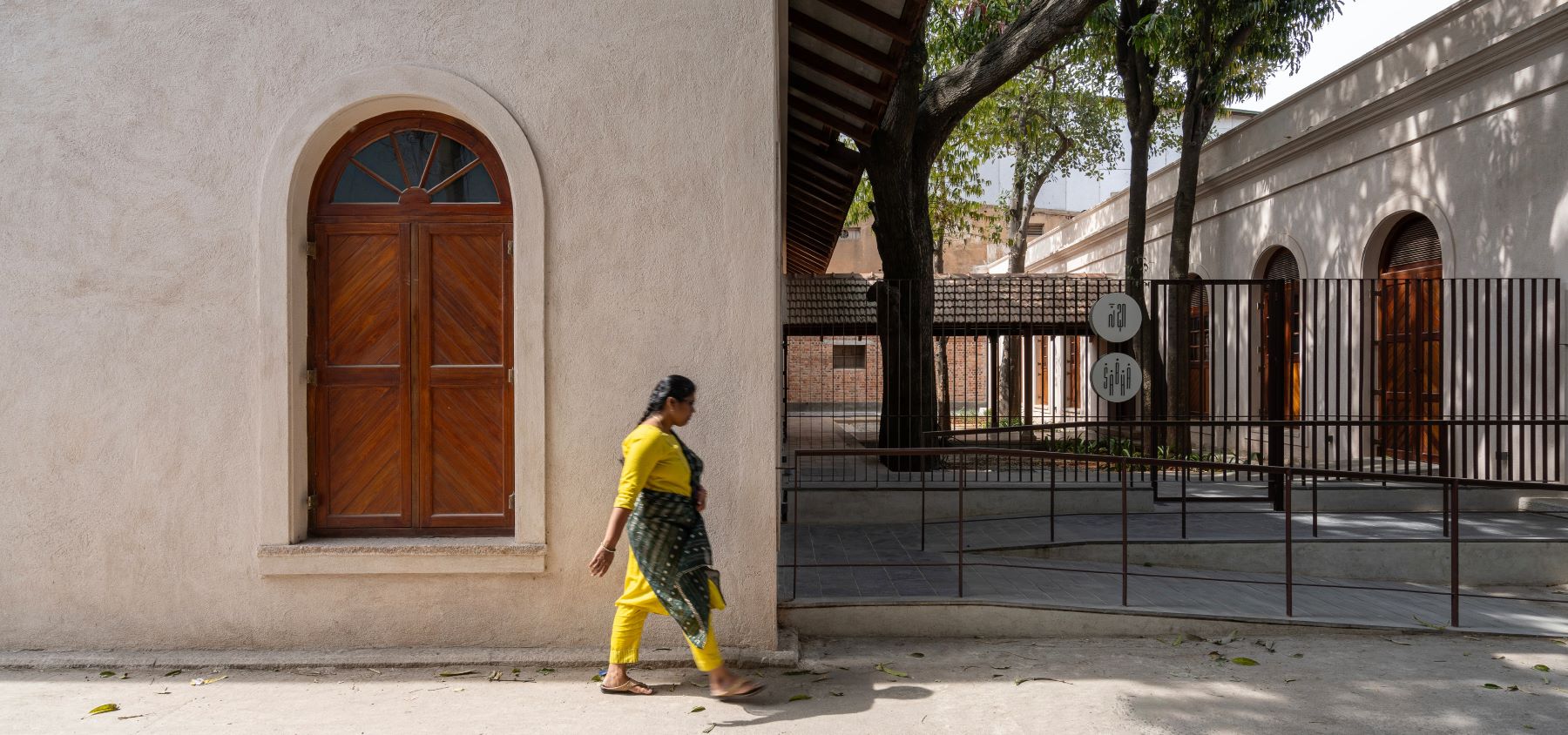
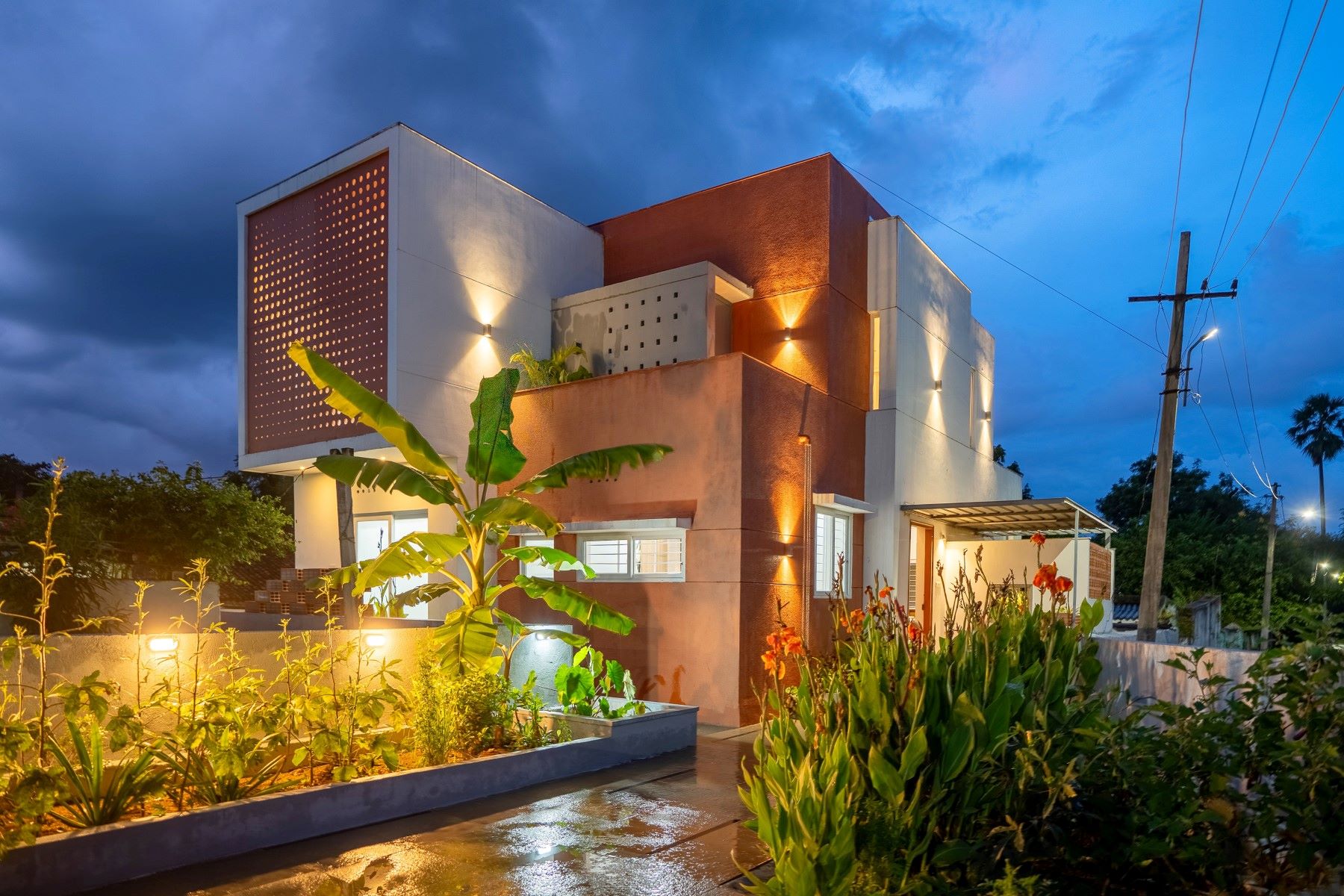
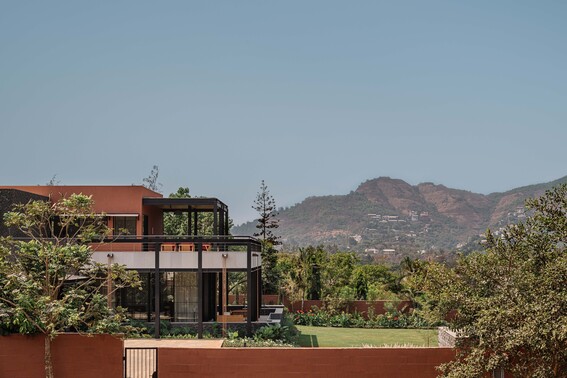
3 Responses
Very good idea
Useful to all our newers
Thanx for sharing this. I hope it now enlightens all…who feel hiring interns and not paying them for their efforts isn’t cool.
As someone who did unpaid internship during my academic course, it truly hits the memory. You tend to convince yourself – “Well, knowledge and experience is superior than money”. It certainly is, but this alone won’t pay or bills. Thanks for sharing this.